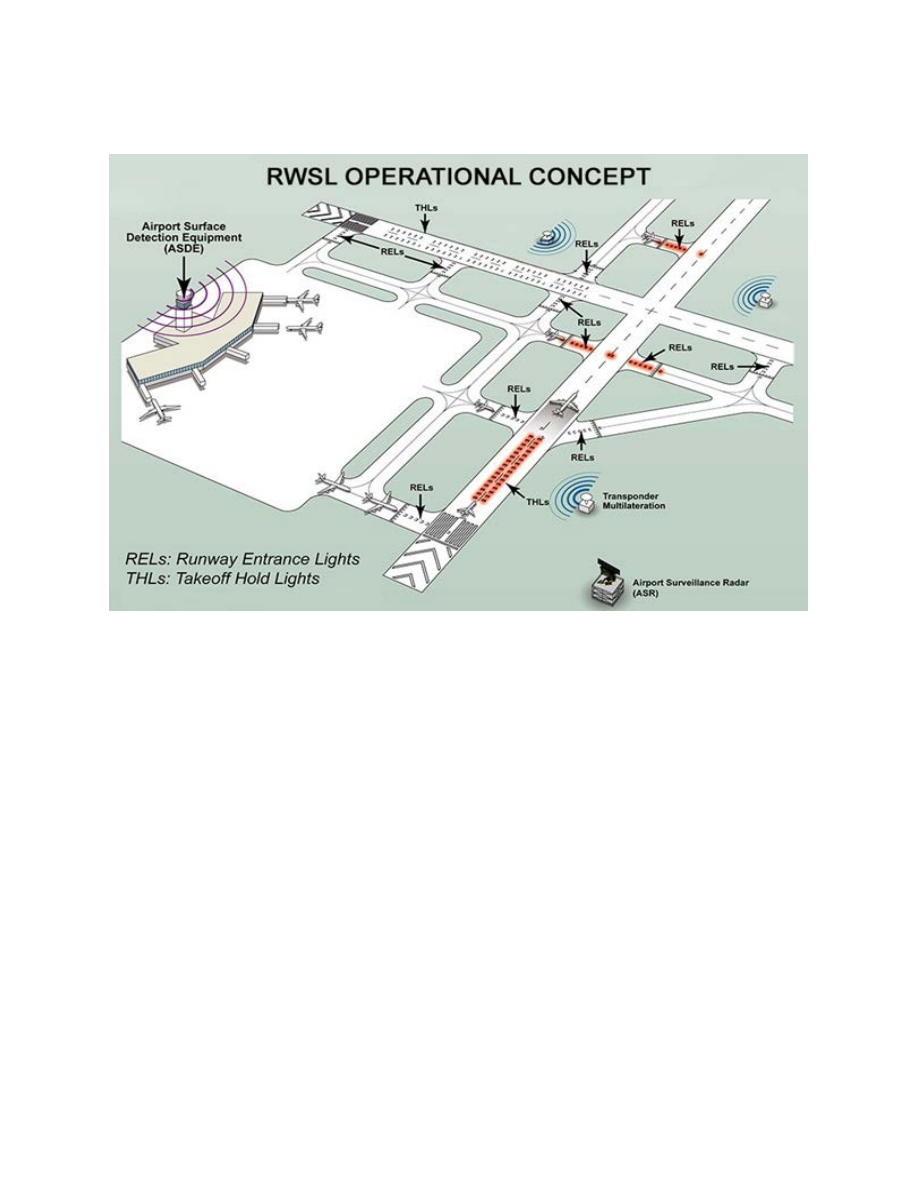
AIM
3/21/24
may require manual intervention by the pilot to stop the sequencing of waypoints by the receiver and to resume
automatic GPS navigation sequencing once the maneuver is complete. The same waypoint may appear in the
route of flight more than once consecutively (for example, IAWP, FAWP, MAHWP on a procedure turn). Care
must be exercised to ensure that the receiver is sequenced to the appropriate waypoint for the segment of the
procedure being flown, especially if one or more fly
−
overs are skipped (for example, FAWP rather than IAWP
if the procedure turn is not flown). The pilot may have to sequence past one or more fly
−
overs of the same
waypoint in order to start GPS automatic sequencing at the proper place in the sequence of waypoints.
(10)
Incorrect inputs into the GPS receiver are especially critical during approaches. In some cases,
an incorrect entry can cause the receiver to leave the approach mode.
(11)
A fix on an overlay approach identified by a DME fix will not be in the waypoint sequence on the
GPS receiver unless there is a published name assigned to it. When a name is assigned, the along track distance
(ATD) to the waypoint may be zero rather than the DME stated on the approach chart. The pilot should be alert
for this on any overlay procedure where the original approach used DME.
(12)
If a visual descent point (VDP) is published, it will not be included in the sequence of waypoints.
Pilots are expected to use normal piloting techniques for beginning the visual descent, such as ATD.
(13)
Unnamed stepdown fixes in the final approach segment may or may not be coded in the waypoint
sequence of the aircraft’s navigation database and must be identified using ATD. Stepdown fixes in the final
approach segment of RNAV (GPS) approaches are being named, in addition to being identified by ATD.
However, GPS avionics may or may not accommodate waypoints between the FAF and MAP. Pilots must know
the capabilities of their GPS equipment and continue to identify stepdown fixes using ATD when necessary.
(f) Missed Approach
(1)
A GPS missed approach requires pilot action to sequence the receiver past the MAWP to the
missed approach portion of the procedure. The pilot must be thoroughly familiar with the activation procedure
for the particular GPS receiver installed in the aircraft and must initiate appropriate action after the MAWP.
Activating the missed approach prior to the MAWP will cause CDI sensitivity to immediately change to terminal
(
±
1NM) sensitivity and the receiver will continue to navigate to the MAWP. The receiver will not sequence
past the MAWP. Turns should not begin prior to the MAWP. If the missed approach is not activated, the GPS
receiver will display an extension of the inbound final approach course and the ATD will increase from the
MAWP until it is manually sequenced after crossing the MAWP.
(2)
Missed approach routings in which the first track is via a course rather than direct to the next
waypoint require additional action by the pilot to set the course. Being familiar with all of the inputs required
is especially critical during this phase of flight.
(g) Receiver Autonomous Integrity Monitoring (RAIM)
(1)
RAIM outages may occur due to an insufficient number of satellites or due to unsuitable satellite
geometry which causes the error in the position solution to become too large. Loss of satellite reception and
RAIM warnings may occur due to aircraft dynamics (changes in pitch or bank angle). Antenna location on the
aircraft, satellite position relative to the horizon, and aircraft attitude may affect reception of one or more
satellites. Since the relative positions of the satellites are constantly changing, prior experience with the airport
does not guarantee reception at all times, and RAIM availability should always be checked.
(2)
Civilian pilots may obtain GPS RAIM availability information for nonprecision approach
procedures by using a manufacturer
−
supplied RAIM prediction tool, or using the Service Availability Prediction
Tool (SAPT) on the FAA en route and terminal RAIM prediction website. Pilots can also request GPS RAIM
aeronautical information from a flight service station during preflight briefings. GPS RAIM aeronautical
information can be obtained for a period of 3 hours (for example, if you are scheduled to arrive at 1215 hours,
then the GPS RAIM information is available from 1100 to 1400 hours) or a 24
−
hour timeframe at a particular
airport. FAA briefers will provide RAIM information for a period of 1 hour before to 1 hour after the ETA hour,
unless a specific timeframe is requested by the pilot. If flying a published GPS departure, a RAIM prediction
should also be requested for the departure airport.
1
−
1
−
30
Navigation Aids